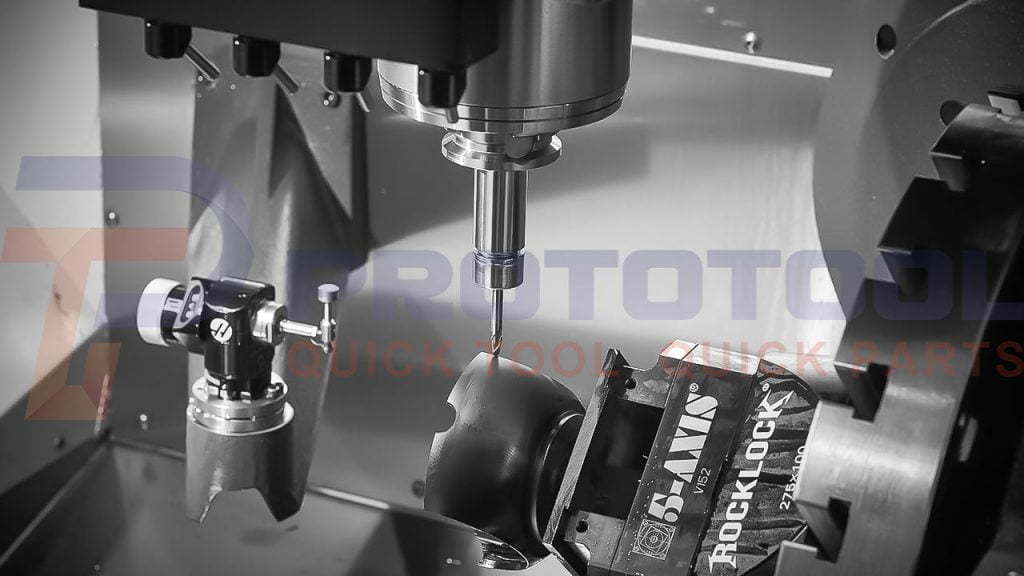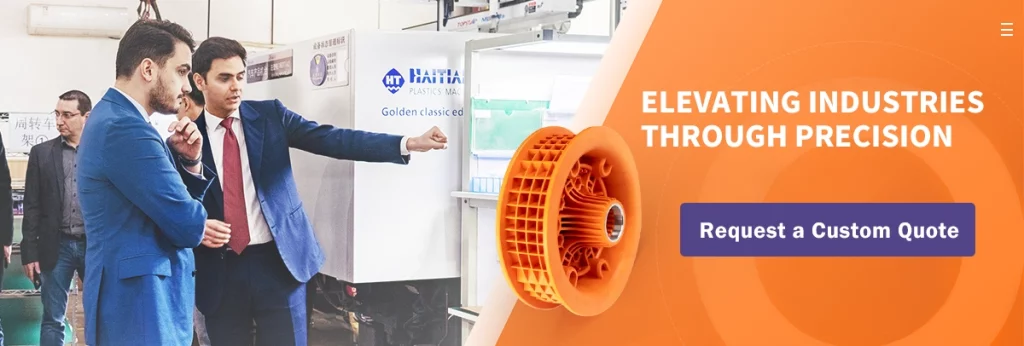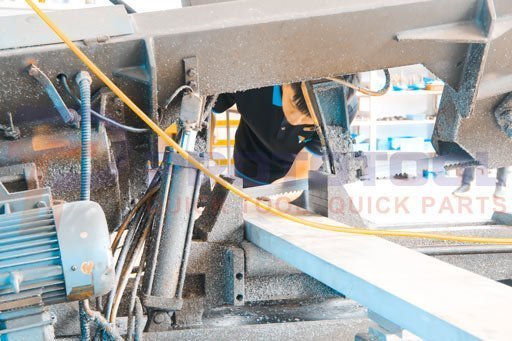CNC machines are already a staple in industrial prototyping and low-volume production. Along with the many complexities of turning, milling, and milling operations comes an added responsibility of determining whether to opt for 3, 4 or 5 axis CNC machining. Before we get into knowing what technology to use, let’s revisit the basics of CNC machining and how the number of axes generally affects prototyping and production.

What is CNC Machining?
CNC machining refers to computerized numerical control machining. It is a digital manufacturing technique that uses a computer-controlled cutting tool to remove material from a solid block of material workpiece till the final form and shape of the intended design are achieved. CNC generally manufactures parts with a technology called subtractive manufacturing.
Tips: Click here to learn more about “What is CNC machining.“
3, 4 and 5 axis CNC Machining
CNC machining generally operates across a set of axes. These axes correlate with a direction and angle through which the cutting tool may access the workpiece. To understand the mechanisms of the 4 and 5-axis CNC machines, you’ll need to understand 3-axis machining.
A typical–axis machining process involves the movement of the cutting tool around 3 axes. These 3 movement mechanisms largely consist of an up-and-down movement across the y-axis, a side-to-side movement along the x-axis, and a back-and-forth movement across the z-axis.
4 and 5-axis machining, just like 3-axis CNC, consists of all the movements described above. The 4-axis, however, consists of an extra axis, A, in addition to the 3 axes, X, Y, and Z. The extra A axis in 4-axis machining allows for further rotation along the X axis, making operations such as cut-outs and hole drilling possible.
5-axis CNC machines consist of all X, Y, Z, and A axis mentioned above, with the addition of another axis called the B axis. The B axis, like the A axis, allows for further rotation along the Y or Z axis. The simple reach of 5-axis CNC machines makes them stand out for making parts with complex requirements.

Choosing between 4 and 5 axis for your job needs
The key benefits of 4 and 5-axis CNC machining include improved part access, fast machining, lower rate of tool wear, quicker setups, and excellent surface finish. Three important considerations stand out when looking to select between them. These include:
- Budget
Generally speaking, 5-axis CNC machining is more expensive than 4-axis CNC machining. This is due to the complexity of the setup, functionality, capability, and levels of precision achievable with 5-axis machines. For projects on a slim budget, 3-axis CNC machining usually suffices, but if you need a little more detail, you may opt for 4-axis CNC machining.
- Part Complexity
If you only need to make small and simple parts, then you have no business with 5-axis CNC machines. 3 and 4-axis machining are often more than capable of making basic to moderate complexity parts. 4-axis CNC can handle curved features, multiple flat parts, and parts that require less clearance. 5-axis CNC machining is often reserved for making complex parts that consist of intricate shapes, geometries, tight tolerances, and bigger sizes.
- Leadtime and Operating Procedures
The higher the number of axes, the more complex the operating procedure of the machine. While 5-axis machining will save you time in the long run with its ability to deliver one-step production that eliminates assembly, 3 and 4-axis CNC machines generally have a faster setup time and are easier to use.
Finally, while not mainstream, there is a 6-axis CNC machining that delivers significant time savings when utilized for volume machining.
Prototool CNC Machining in China
Prototool is one of China’s leading manufacturing hubs for CNC Machining services. Our array of services includes CNC machining, CNC turning, CNC milling, 3, 4, and 5-axis CNC machining services, and much more.

We also offer a host of post-machining and finishing services that will help exemplify your part, delivering the perfect combination of aesthetics and functionality. To contact us via phone or email, or for all other inquiries, please click here to get in touch with us and receive a free quote and project review.










